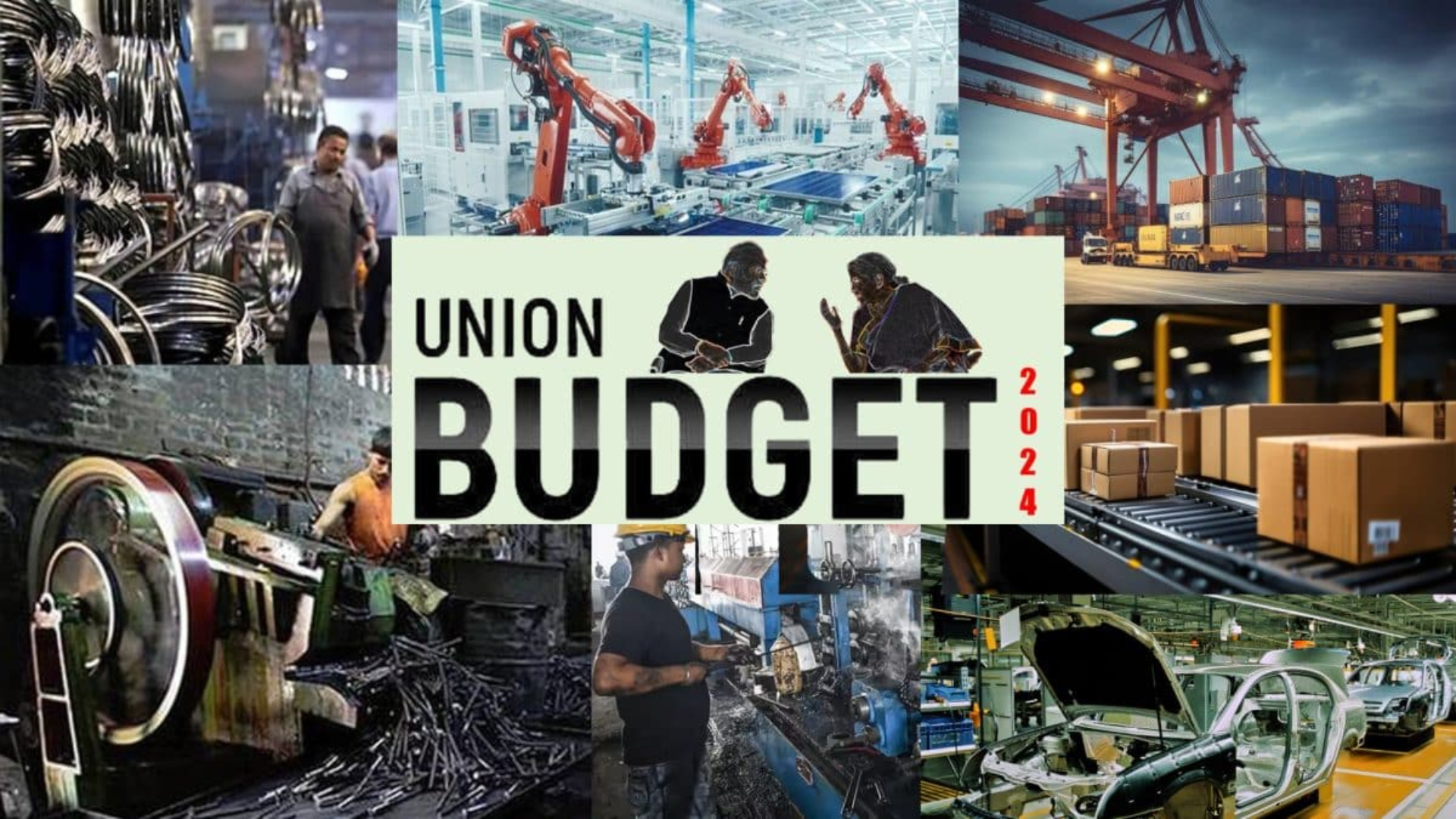Electronics, automotive, and pharmaceutical companies are likely to lead the field with the largest share of incentives under the Production Linked Incentive (PLI) system, which is expected to nearly triple in the upcoming fiscal year compared to the payouts for the current one.
The estimated cost of incentives for all 14 industries in 2025–2026 is Rs 19,500 crore, 76% more than the Rs 11037 crore anticipated to be distributed this fiscal year, according to budget documents.
Except for large-scale electronics manufacturing, medicines, and telecom equipment, all sectors are falling short of meeting the planned production, therefore this year’s incentive payout will also fall short of the Rs 15,793 crore budget forecasts.
About Rs 8885 crore of the whole budget for the upcoming year has been set aside specifically for the Large Scale Electronics Manufacturing project. It is anticipated that this sector will receive Rs 5747 crore this year.
A total of Rs 1.97 lakh crore has been spent on all 14 PLI initiatives. In the first half of this fiscal year, the government has distributed Rs 1,596 crore to six industries, including electronics and pharmaceuticals, under the Production Linked Incentive (PLI) program.
Companies in eight industries received incentives totaling Rs 2968 crore in 2022–2023; in 2023–2024, nine sectors received incentives totaling Rs 6753 crore for increased production.
The efforts to establish a PLI scheme for toys, leather goods, and footwear were likewise put on hold by the budget. Finance Minister Nirmala Sitharaman unveiled a plan in her budget speech to turn India into a worldwide center for toys by emphasizing the growth of manufacturing ecosystems, talents, and clusters.
The finance minister has stated that a focus product strategy would be adopted for leather and footwear. In addition to supporting leather footwear and goods, the plan will assist the design capacity, component manufacture, and machinery needed to produce footwear of non-leather quality.

